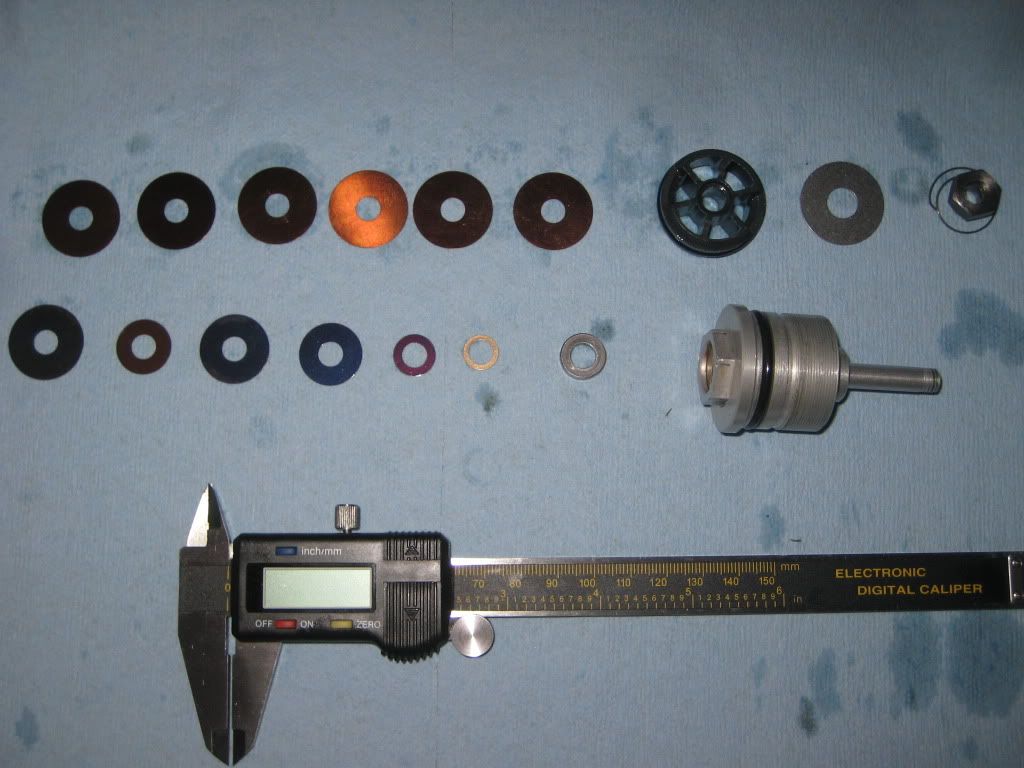OK guys, I am starting to ride in a new area which has lots of limerocks, roots, ruts, and loose baseball to bowling ball sized rocks.
I noticed that the stock '10 Sachs worked great on moto tracks, and faster soft sandy trails and such. In the heavy rocks and roots the front is killing my speed by deflecting and skipping around. Small washboard roots make the front end disconnect from the trail, and sharp hits jar and wear me out.
I believe at this time I would need to go into the fork to change the high speed compression valving and aside from doing this on a KDX I have no other revalve experience.
How hard would this be to accomplish at home? What special tools would I need to do this? I am a tinkerer at heart and would most likely take the forks apart several times to get what I wanted after experimenting.
I already saw that I need a 50mm 10 point wrench for the caps.
Would it be easier just to send them out?
I noticed that the stock '10 Sachs worked great on moto tracks, and faster soft sandy trails and such. In the heavy rocks and roots the front is killing my speed by deflecting and skipping around. Small washboard roots make the front end disconnect from the trail, and sharp hits jar and wear me out.
I believe at this time I would need to go into the fork to change the high speed compression valving and aside from doing this on a KDX I have no other revalve experience.
How hard would this be to accomplish at home? What special tools would I need to do this? I am a tinkerer at heart and would most likely take the forks apart several times to get what I wanted after experimenting.
I already saw that I need a 50mm 10 point wrench for the caps.
Would it be easier just to send them out?
Last edited:


